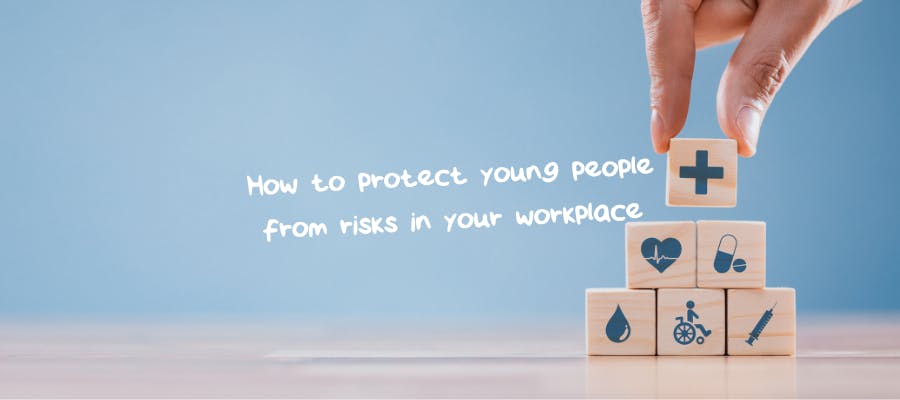First published on Thursday, Aug 03, 2023
Last updated on Tuesday, Aug 01, 2023
August 1st – August 7th is World Breastfeeding Week 2023, and the theme for this year is making a difference to working parents. So, what better time for employers to stop and ask themselves—are you doing enough to support breastfeeding employees who are returning to work?
Chances are, at some point, you’ll have an employee who, upon their return to work following parental leave, will need to express milk. To help guide you here’s some handy advice for employers on how to navigate their legal obligations and create a supportive work environment for your employees who are choosing to breastfeed.
First up, let’s take stock of the responsibilities that fall on you as an employer…
What are your general responsibilities?
Different states and territories have specific laws your business must be compliant with. But what they all have in common are anti-discrimination, equal opportunity, and sex discrimination laws that provide for breastfeeding employees during their transition back to work.
Even if you set your legal responsibilities aside, putting measures in place to support your breastfeeding staff can help you boost employee morale and retention.
There are plenty of recommendations that employers should implement, to support their staff—and stay compliant with their obligations.
Giving the right breaks
Though there’s currently no specific law in Australia that gives parents the right to breastfeeding breaks, making sure breastfeeding or expressing parents are given regular rest breaks can support them to be in optimal health for their babies. The length, frequency, and whether these breaks are paid or not, is something to discuss and decide with your employee.
Fair Work laws also state that parents returning from parental leave may be able to request flexible working arrangements, to better care for their child after they rejoin the workplace. This can look like flexible working hours, so a parent can breastfeed or express milk as needed during normal working hours.
While it’s within an employer’s rights to refuse an employee’s request on reasonable business grounds, you do need to consult and provide a response to your employee that includes reasons for your refusal.
We know encouraging regular breaks and managing your staff’s time can be tricky to balance, but it doesn’t have to be if you have the right time-tracking tool to clock your staff hours.
Offering suitable facilities
It may be illegal to refuse to make arrangements to support an employee breastfeeding at work.
So, while there are no specific laws outlining the provisions you make, you must proactively create a suitable facility for your employees to lie down or breastfeed. This facility must be hygienic and private. You should also consider a place to store breast milk, like a fridge.
Ask BrightLightning for instant accurate advice on questions like:
- Do I have to give employees a private space to breastfeed?
- Can I make an employee use the toilets to breastfeed?
Don’t fall into the trap of thinking that just because there’s no specific law, covering various elements of breastfeeding and expressing, you don’t need to do anything. Failing to consider requests could put you on a fast track to discrimination claims.
It’s best to have a specific policy in place. It should outline all the provisions and support available for employees who are pregnant or breastfeeding. This helps you and your staff stay on the same page.
It’s worth noting too that in some instances you may need to carry out a risk assessment to protect pregnant workers.
Protect your staff and your business this World Breastfeeding Week
Now, the very mention of policies and risk assessments may be enough to make you groan. But with BrightSafe, our complete health & safety management system, you’ve got exclusive access to a library of expertly written HR and health & safety policies, risk assessment templates, and guides, backed by experienced industry advisers —all available for you to download at any time.
And if that wasn’t enough, BrightSafe provides a suite of products like accident reporting, task reminders, and e-learning, to safeguard your business and reduce risks for you and your staff.
Lean on the support of our health & safety advisers, explore BrightSafe today..




